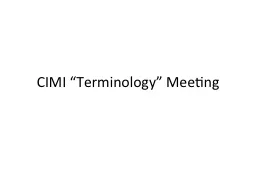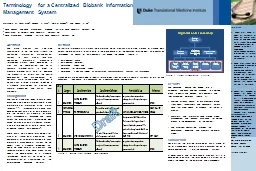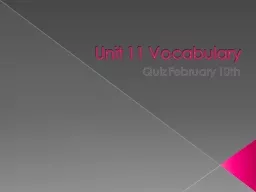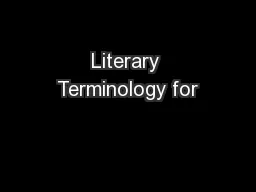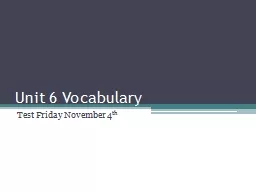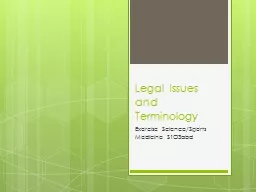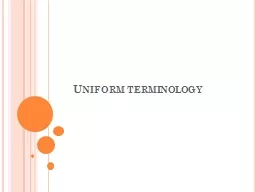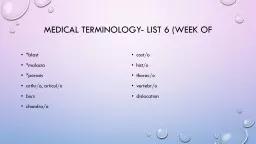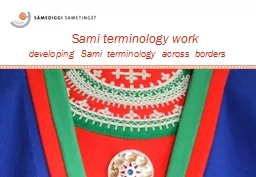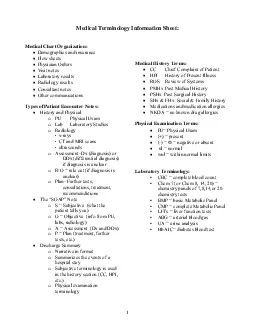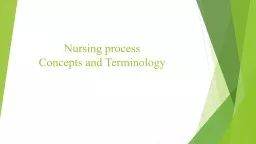PPT-WORLD HISTORY UNIT 2 CH. 9-10 VOCABULARY TERMINOLOGY
Author : luanne-stotts | Published Date : 2016-12-15
THE MIDDLE AGESDARK AGESMEDIEVAL ERAETC GOVERNMENT IN THE MIDDLE AGES Concordat of Worms The struggle between Henry IV and Gregory VII was known as the Investiture
Presentation Embed Code
Download Presentation
Download Presentation The PPT/PDF document "WORLD HISTORY UNIT 2 CH. 9-10 VOCABULARY..." is the property of its rightful owner. Permission is granted to download and print the materials on this website for personal, non-commercial use only, and to display it on your personal computer provided you do not modify the materials and that you retain all copyright notices contained in the materials. By downloading content from our website, you accept the terms of this agreement.
WORLD HISTORY UNIT 2 CH. 9-10 VOCABULARY TERMINOLOGY: Transcript
Download Rules Of Document
"WORLD HISTORY UNIT 2 CH. 9-10 VOCABULARY TERMINOLOGY"The content belongs to its owner. You may download and print it for personal use, without modification, and keep all copyright notices. By downloading, you agree to these terms.
Related Documents


